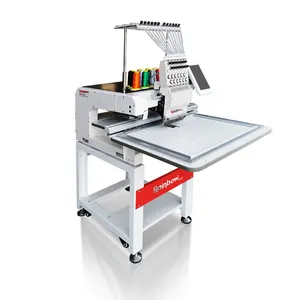Popular in your industry
















Related Searches:
























Top categories
About sludge drying systems
Sludge drying systems are vital for various industries, including wastewater treatment, as they efficiently reduce the moisture content in sludge. This leads to cost-effective disposal methods. Sludge drying is the process of removing water from the sludge to make it easier and more cost-effective to dispose of. It reduces the amount of waste to be disposed of, which ultimately lowers the overall disposal costs. Various factors can affect the drying process, such as the type of sludge, the desired dryness, and the available drying technologies. Sludge drying systems play a critical role in the treatment and disposal of sludge.
Benefits of Sludge Drying Systems
There are several benefits of using sludge drying systems. One significant benefit is the reduction in sludge volume. Drying the sludge significantly reduces its volume, making it more manageable for disposal. This is particularly important for industries and municipalities dealing with large quantities of sludge. Additionally, the dried sludge is less odorous and easier to handle, transport, and store. Lower transport and storage costs are realized due to the reduced weight and volume of the dried sludge. Moreover, drying the sludge can improve its stability and reduce the risk of potential environmental hazards, making it a safer and more environmentally friendly disposal option. The dried sludge, with reduced moisture content, is also more suitable for various beneficial uses, such as agricultural applications or as a fuel source.
Types of Sludge Drying Systems
Sludge drying systems can be categorized based on the technology used. One common type is the paddle dryer for sludge. It is designed with heated paddles that agitate and dry the sludge as it moves through the dryer. The sludge paddle dryer is particularly efficient for sludge with high moisture content. Another type is the ETP sludge drying system, typically used in wastewater treatment plants. This system utilizes various technologies, such as thermal drying or mechanical dewatering, to reduce the moisture content in the sludge. A more innovative approach is the solar sludge drying system. As the name suggests, this system harnesses solar energy to dry the sludge. It is a sustainable and cost-effective solution, especially in regions with ample sunlight. Each type of sludge drying system offers a unique set of advantages and is chosen based on factors such as the volume of sludge, available resources, and specific drying requirements.
Considerations for Choosing Sludge Drying Systems
When choosing a sludge drying system, several factors should be considered. Proper evaluation of the sludge characteristics is crucial. This includes the moisture content, sludge type, and any specific treatment requirements. Understanding these factors helps in selecting a drying system that is efficient and cost-effective. The volume of sludge to be processed is another essential consideration. For larger volumes, industrial-scale drying systems may be more suitable, while smaller volumes can be effectively processed by compact systems. The available space and infrastructure also play a significant role in choosing the right sludge drying system. Some systems, such as solar drying systems, may require ample space and proper sunlight exposure. Additionally, the overall energy efficiency and operational costs should be evaluated to ensure long-term sustainability and cost-effectiveness. The specific regulatory requirements and environmental considerations of the region where the system will be installed should also be taken into account to ensure compliance with standards and minimize any potential environmental impacts. By carefully assessing these factors and considering the specific needs of the application, industries and municipalities can choose the most suitable sludge drying system.



























